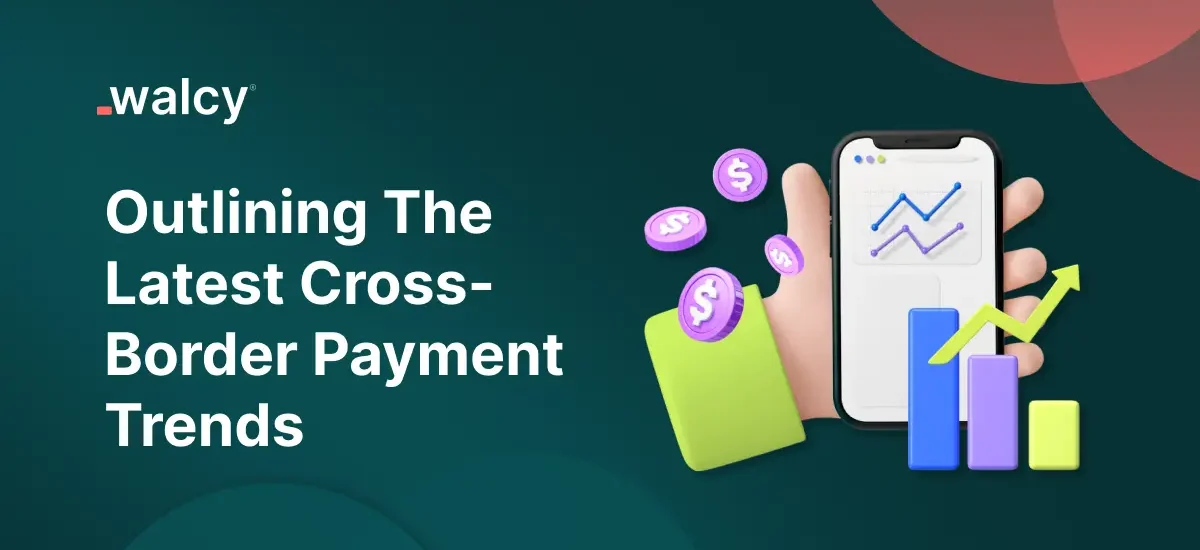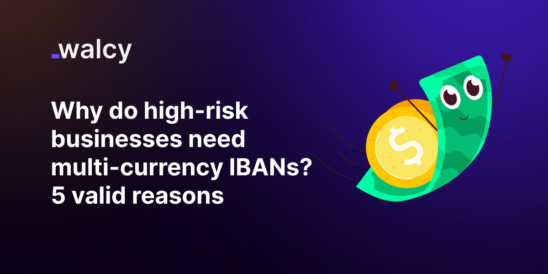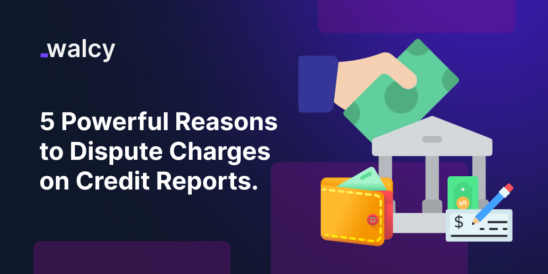At this moment in the world, there has been a significant shift in how payments are made, not only for domestic payments but also for payments that transcend borders. The conventional banking model, with its paperwork, bureaucracy, and human inefficiencies, is being ousted by a new form of finance called Fintech, a portmanteau for Financial Technology. Fintech has brought digital harmony to payment architecture, transparency, and a sense of security for our payment needs. Given the centuries-old banking model and legacy architecture, significant changes are needed to adapt to the complex nature of banking transactions, which often have equally complex purposes.
The Fintech industry now spans several sectors, including insurance, brokerage, asset management, personal finance management, and banking. As international payments and intergovernmental regulations become more user-friendly, Fintech companies are disrupting the banking sector by quickly adapting to these favorable norms. To talk about the latest cross-border payment trends, we can see that the adoption of digital-first technology for cross-border payments is rising. However, other interesting developments gaining traction may provide a glimpse into the future.
Latest Cross-Border Payment Trends
Real-Time Global Payments
One of the major pain points for users of a legacy banking system is the delayed fulfillment of funds, especially for high-value cross-border transactions, which tend to be slow. As a result, there has been a substantial increase in the preference for instantaneous transactions across borders. However, the average turnaround time for global payments is still more than one day, which significantly reduces customer satisfaction and can cause anxiety. Neo banking platforms are trying to solve this pain point by introducing expedited transfer channels. They generally use a matching process involving networks of banks to align inward remittances with outward remittances, settling them instantly.
For example, when a remitter in the USA sends $200 to a recipient in France, the matching system searches for an equivalent outward remittance from France to the USA. When a matching transaction is found, the two transfers are offset against each other, reducing the need for direct currency exchange. The remaining net balance is then settled between the banks within the neobanks network, streamlining the process and minimizing cross-border currency flows. This allows for almost instant or faster transaction fulfillment, enhancing customer experience, improving cash flow for businesses, and ensuring swift settlement of international payments.
However, numerous challenges still hinder the instant fulfillment of funds, including security concerns, large infrastructure demands about expensive operational costs, and regulatory hurdles. Regulatory hurdles, in particular, pose a challenge because cross-border payments are often subject to money laundering and terrorism funding regulations. Additionally, the foreign exchange of funds might reduce national foreign currency reserves, leading many governments and their regulatory bodies to limit the amount of transactions, which causes delays. However, with the emergence of regulatory technology, this process may be automated and expedited in the future through advanced AI/ML algorithms.
What is RTGS Transfer? Benefits, Limits and Charges.
Intergovernmental Regulations Easing:
As previously discussed, regulations play a vital role in cross-border transactions, and the financial system has increasingly fragmented with no unified regulations and payment standards across regions. Significant efforts are underway to ease cross-border payments and enhance financial inclusivity. Two of the most important initiatives are the European Union’s Payment Services Directive 2 (PSD2) and the G20 countries’ efforts to improve payment infrastructure.
The EU’s PSD2 directive was implemented in 2018 and was designed to foster innovation and competition in the fintech landscape in Europe. PSD2 mandates banking institutions to open their payment services to third-party providers via APIs, allowing fintech companies to rapidly innovate payment solutions. Additionally, the Open Banking ideology was paved by the PSD2 directive, enabling transactions across accounts spread across nations or involving multiple currencies through a single interface. However, the security standards are very high, and requirements such as Strong Customer Authentication were created to mitigate fraudulent activities and protect customers.
Apart from PSD2, the G20 has also launched a roadmap to improve cross-border payments, with ambitions to reduce transfer costs, enhance turnaround time, and ensure transparency. The roadmap, led by the Financial Stability Board (FSB), consists of a series of building pieces that aim to standardize regulatory frameworks, encourage countries to embrace international standards and improve payment compatibility. It intends to enhance the payment infrastructure and the speed of financial transactions by utilizing distributed ledger technology.
The Rise of Regional Payment Networks:
The payment paradigm has begun to change everywhere due to initiatives like Southeast Asia’s ASEANPAY and Europe’s Single Euro Payments Area (SEPA).
In the case of SEPA, 36 countries, including EU member states and non-EU countries like Switzerland, Iceland, and Norway, are included. SEPA payments have significantly reduced the time and cost of cross-border payments because they encompass all the major banks and have created a general regulation for managing inter-bank transfers and cross-border transactions. Moreover, the SCT (SEPA Credit Transfers) and SDD (SEPA Direct Debits) have standardized payment instruments and unified payment processes.
As of 2023, 60% of all credit transfers in the Eurozone were done via SCT, and in 2022 more than 43 billion transactions were processed through SEPA, with the adoption rate consistently increasing. Since SEPA transfers have minimal fees for cross-border transactions, businesses have saved more than 123 billion euros.
In the case of ASEANPAY, which is still in its early stages, the adoption rate is estimated to increase by 20% annually. It was designed to suit the ASEAN region’s trade activities and challenges. There are 10 member states for which ASEANPAY will facilitate cross-border payments. Emerging markets require deeper economic integration with each other, and ASEANPAY will facilitate this integration. Therefore, it is likely that other regional payment systems will be implemented in the Indian Sub-continent, Latin America, and North America. Harmonizing regulations will become the norm in the future, creating a more favorable environment.
BNPL
Buy Now, Pay Later (BNPL) is an interest-free financing model that allows users to make purchases and pay the amount over time in installments or at any time in the future. It is also known as a point-of-sale (POS) installment loan. This short-term financing approach minimizes the need for an application process, card-swiping services, and purchasing constraints. The BNPL infrastructure comprises a credit check and evaluation of the user’s reliability, which decides the loan amount.
While BNPL offers interest-free financing and payment flexibility, regulatory scrutiny is an issue, and possible regulatory intervention could occur in the future. BNPL financiers generate revenue by taking a cut from the purchase price, with processing fees typically ranging from 2% to 7% per transaction. When customers fail to pay on time, late fees are usually charged, and delinquent accounts are sold to debt collection agencies.
Fraud-Exploitation Mechanism
Fraud continues to pose an imminent risk to fintech firms and platform users. The expansion of digital-only financial firms has resulted in a considerable increase in the misuse of vulnerabilities and complex phishing attempts. A two-pronged approach is necessary to tackle this threat: deploying advanced fraud detection technologies powered by AI and ML algorithms and providing in-depth consumer education and support within the fintech system.
AI algorithms can process and analyze a significant amount of financial transactions at incredible speed, identifying unusual patterns that may indicate fraudulent activities. Contrarily, machine learning (ML) systems can learn from vast databases of financial transactions, forecasting and identifying fresh, hidden patterns of fraud attempts as they evolve. Another interesting technology implementation using AI is behavioral biometrics, which analyzes behaviors peculiar to the user, such as typing speed and accuracy, mouse movements, and the orientation of mobile devices in different positions. Any deviation or change in these activities can trigger a fraud alert. For instance, J.P. Morgan Chase’s machine learning algorithm analyzes billions of transactions, and after its implementation, there has been a significant reduction in fraud rates.
Another aspect of mitigating fraud is to educate consumers about such risks by implementing features that inform them about how fraud activities are carried out. Through social-engineering tactic simulations, consumers can learn about common phishing tactics and become more aware of the dangers. Additionally, interactive tools such as quizzes, scenarios, and games can help users better understand fraud patterns.
Omnichannel
Consumers of fintech applications expect a seamless and consistent experience across all the channels they use for payments. This includes mobile phones, smartwatches, web apps, and cards, all of which should behave similarly and competently. Fintech apps are evolving into super apps, allowing users to manage their personal finances, access loyalty rewards, manage recurring payments, and utilize several financial tools within a single app.
This trend makes fintech apps indispensable to customers, and there is a consistent pattern among apps that incorporate or aggregate other financial services. Interestingly, not only fintech companies but also other commercial companies like Starbucks are implementing omnichannel experiences to enhance user satisfaction. Users can pay in multiple ways, earn rewards, and receive special offers and discounts. Another example of this trend is Uber, which provides car loans to its drivers and travel insurance for its customers through its app.
A2A Transfers
Peer-to-peer transfer models without intermediaries are likely to become the norm in the future. Transfers can be within the same bank (intra-bank) or between banks (inter-bank), and they are executed using cheaper Automated Clearing House (ACH) systems. However, for this to become widespread, APIs for financial institutions must be available, and Open Banking initiatives like PSD2 should be introduced in other regions as well. Regulators in major jurisdictions around the world are encouraging the adoption of A2A transfers, and consumer trust is increasing, leading to widespread adoption. However, because they do not offer rewards like card payments, they are still less preferred compared to card-based payments.
Know Everything About International ACH Transfer in 2024
Conclusion
In a nutshell, cross-border payments are driven by digital technology, regulatory easing, and the rise of regional payment networks, all aimed at ensuring that financial transactions are faster, cheaper, and more secure. However, challenges such as the harmonization of regulations due to country-specific financial intricacies, fraud prevention, and infrastructure costs remain significant. Nonetheless, ongoing developments in blockchain technology and AI/ML algorithms in financial engineering are expected to address these issues.
Interestingly, omnichannel experiences and peer-to-peer transfer models will span multiple nations, with more financial services being integrated into non-financial tech companies’ apps. The future is bright, and fintech companies and regulatory bodies should focus on innovations that help reduce the barriers to financial transactions while easing regulations.
Read More: Know everything about the overseas payments
Do follow us on Facebook and LinkedIn, to stay connected with us.



